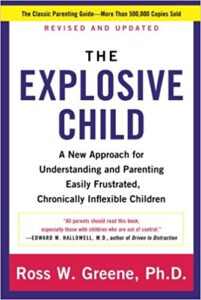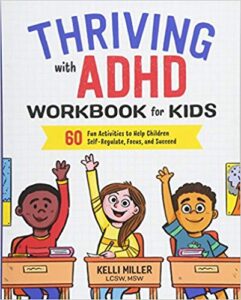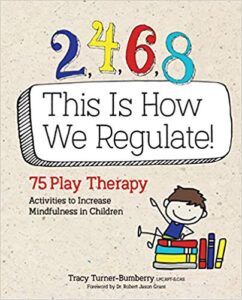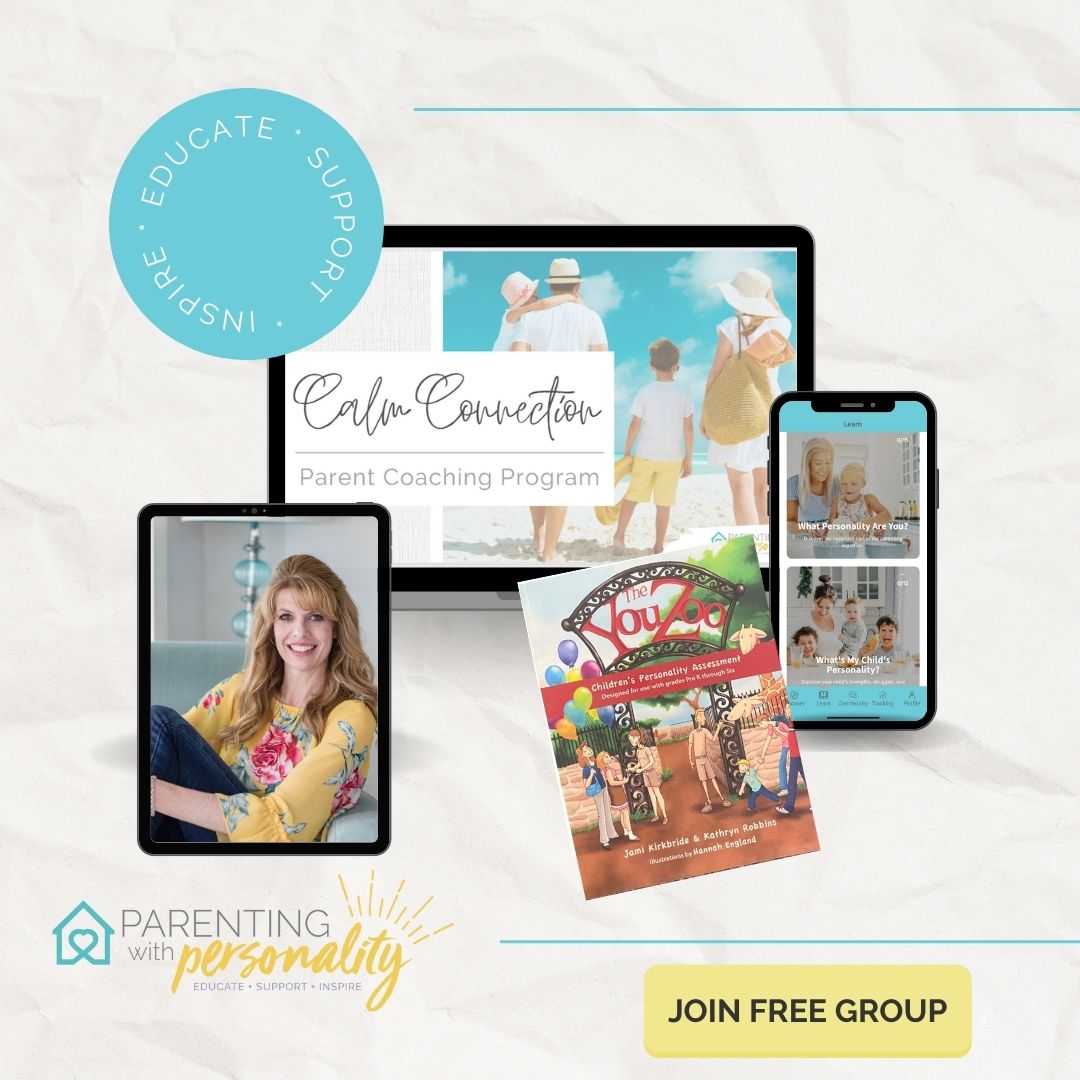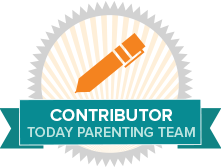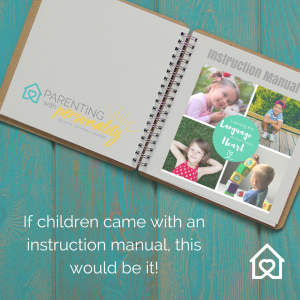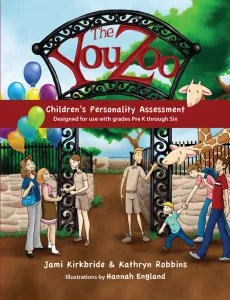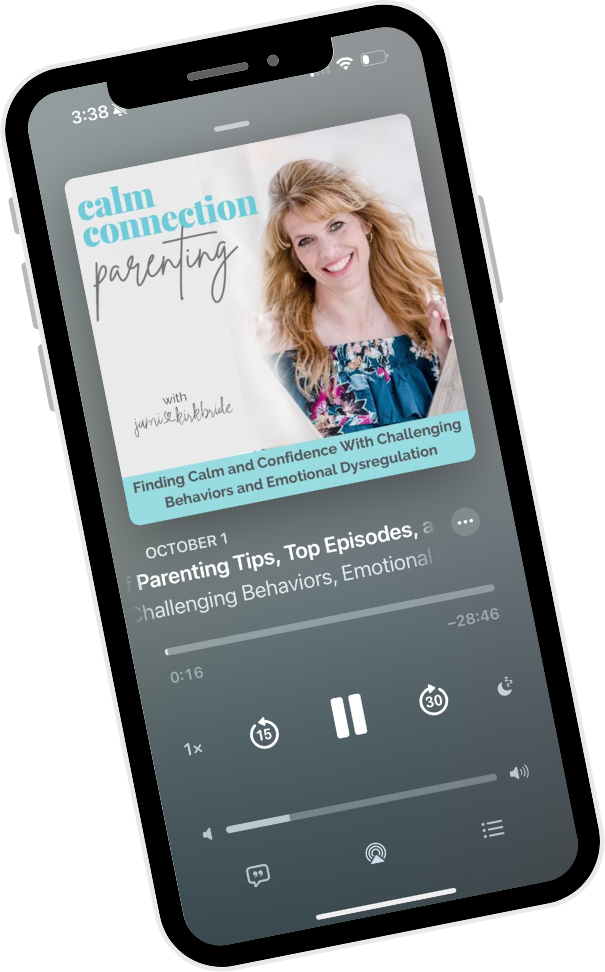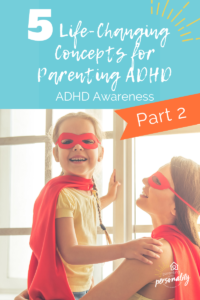
ADHD Awareness
October is ADHD Awareness month. ADHD is a neurodevelopmental disorder, or more accurately it might be described as a neurodevelopmental delay. Research has helped us come a long way in our understanding of ADHD. And in this 3-part blog series, I’d like to shed some practical light and helpful perspectives on understanding and parenting your child with ADHD. These are some of the very concepts that have helped me get some momentum in our own journey with ADHD and co-existing conditions. I hope these concepts can be as life-changing and encouraging to you as they have been to me.
Part 1 of this blog covered the delayed emotional development or maturity of those with ADHD. If you missed that blog post, be sure to check it out. This concept has been a very important foundation in our personal journey. (If you have not read a past blog that talked about The Big Challenge of Raising Kids Who Need Extra–Our Journey with Sensory Processing Disorder and ADHD, you might want to check out the story and get the free resources here or on your subscriber-only resource page if you already subscribed. )
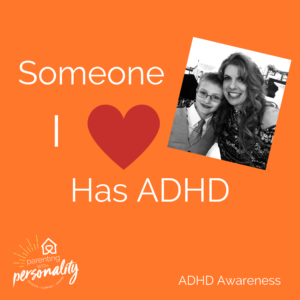
In this post, we are covering concept two and three. The final post will cover concept four and five. Be sure to get access to the free resources and library of parenting resources link when you sign up for the newsletter here.
Kids will do well when they are able to do well.
- So, if a child is not doing well, there is an issue that needs to be addressed.
Kids do well when they can.
Ross Green, Ph.D
Perhaps this seems like a no-brainer concept. But I want to be painfully honest here. When you start working with a challenging child, day in and day out, something can easily begin to shift in your brain. Their behaviors can start to feel intense and consuming. When we go toe-to-toe from the beginning of the day and until our eyes close at night, we can start to see a child in a negative light.
The relationship can feel strained. Their connection may feel distant and different from what you feel with your other children. You may start to question their heart, their character, or even their ability or desire to do right or love others. It is easy to start believing that a child is just wanting to be difficult or seemingly impossible.
Response to discipline
Quite honestly, when dealing with challenging children, the parent who enforces boundaries and deals with discipline can often take the brunt of the anger or frustration a child emotes. Regardless of how a child responds to boundaries outwardly, they really desire these boundaries. They help a child feel safe and know what to expect. Because they feel safe with this person, they often don’t hold back and air the emotions they’ve held in during the day in the presence of this “safe person.” While that sounds a bit flattering, let me tell you, it doesn’t FEEL flattering! It can wear you down and even make you question their love for you. It is HARD being someone’s safe person.

So, in the midst of the struggles you feel to connect and relate, please don’t lose heart. Your child wants to do well. His behavior may be telling you otherwise but choose to believe that his heart really is good. Remind yourself that he wants to do well, and with the right help, strategies, and support he will be able to do well again. This is a process.
I remember walking through a gas station one day and pointing out 7-8 options for our little guy to choose from. He was happy and made his choice rather quickly. He liked what he chose and smiled. I walked around the next aisle and filled my cup with soda, and then I walked to the counter to pay. There on the counter were five candy bars ready to be purchased. “Oh, those aren’t mine,” I quickly informed. The cashier motioned at my little guy who stood watching. His head dropped.
Together we quietly put the five candy bars back. I didn’t say anything. I just paid, and then we walked to the car.
As we drove away, my little guy sat quietly in the back seat. Then he spoke with sincerity and sadness. “I think I’m just a bad kid. As hard as I try, I just can’t do right. I try so hard and I still mess up, even when I try so hard.”
I couldn’t help but see how he was articulating the struggle of impulsivity. For one of the first times, I heard him feel honestly sad about what was happening. It gave me a glimpse into what that internal struggle might feel like to him, and that his heart truly wanted to do right.
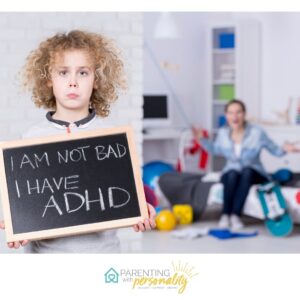
“Buddy, it’s ok. You are a good boy with a good heart. You made a good choice the first time. And you put them back with a really good attitude. I saw that. Let’s keep working to help your body make good choices. You can do this!”
2. The behavior we see in children is communicating something.
- It serves as an alarm for some skill that they are lacking or problem that may need solved.
It can be easy, as we navigate day to day, to start focusing on the behavior struggles we see. This behavior might include sassing, getting up in the night, sneaking things, speaking mean, hitting, kicking, threatening others, being disrespectful, yelling, screaming, or a variety of other actions. But these behaviors are just the signals of skills that are lacking or not yet developed.
Need for new skills, strategies or methods
We can attempt to discipline, medicate, or try a number of methods to distinguish a behavior. But the truth remains. Without giving them new skills, strategies, or methods, the behavior will continue. Taking the time to identify these lacking or lagging skills can then identify the areas of daily living (whether home, school, or otherwise) that are affected by the absence of that skill. In short, this helps us anticipate the times we may struggle and then proactively work to help develop those necessary skills.
I am not implying that discipline or medication aren’t in order. In many cases they are. But using simply those tools, we are not going to remedy a skill not yet learned or developed. The two may actually work well in combination with teaching the new strategies and having realistic expectations.
I highly recommend Dr. Ross Greene’s book The Explosive Child. (Don’t let the title dissuade you. It really focuses on dealing with any challenging child, not just highly angry!) The premise of the book incorporates concept two (above) as well as this one. It lays out a system of assessing and planning for how to develop these lagging skills and solving the problems they bring about.
For example: Our little guy has a horrible time every time we prepare to leave our house and go somewhere. It doesn’t really matter where we are going. He just doesn’t like doing it. He gets temperamental, angry, willful, starts speaking mean things, and acts out in various ways. It can be easy to focus on the inappropriate behaviors and start battling each of them as they happen.

Instead, I have to slow down and think about what his behavior is communicating. Clearly, he is experiencing some anxiety but may not know how to express that. And chances are good that if I were to say, “Are you anxious?” He would just get mad and say, “NO, I’m NOT anxious.” In this situation, one identifiable lacking skill is difficulty with transitions, changing from one activity to another. The unsolved problem this creates, difficulty stopping an activity and preparing to leave the house.
I can then begin the conversations that this book outlines in order for us to collaborate on a plan or strategy to help this transition happen with less emotion or upset.
“I’ve noticed that you get upset and frustrated every time we are getting ready to go somewhere. What’s up?” And then the conversation moves through steps as outlined in the book to help the two of us collaborate and think of ways that we can provide support and skills. When we do this the behavior will likely decrease as the skills and supports assist him in the necessary ways. And the collaborative process helps both of us feel the win!

What was our solution this last Sunday before church? He felt anxious that he was going to miss his usual electronics time. So, we discussed the option of getting ready and then he could play his electronics before we left. That sounded like a good idea to me. However, with his sensory sensitivities, the idea didn’t feel so good to him. Tears quickly filled his eyes. “I can’t play electronics with all my church clothes on”. (He usually prefers life in boxers! J ) “I just can’t do it.” Before the anxiety could creep higher, we decided that he would be allowed to do 30 of his 45 minutes. if he could then get ready and out the door with no complaints, then he would be allowed to do his other 15 minutes when he returned. The solution was a win for both of us! He got his x-box time and he got ready and out the door without complaining.
Helpful resources
As I mentioned, I highly recommend this book. My husband and I have started working through some of these concepts, and it really seems to be helping us have a better foundation for what we are doing. I was encouraged this week when my husband said he listened to Dr. Ross Greene on a podcast (twice!) and thought it was really helpful. Then together, we worked through the lacking skills and unsolved problem assessment together (found online at livesinthebalance.org under The Paperwork tab).
There are some free resources, checklists, and forms that you might find useful in the subscriber-only resources. Don’t miss out! You may be wondering if this is an issue that affects your child. These resources and checklists may be helpful in putting the pieces together for you and your helping professionals. Subscribe here to get access to these resources.
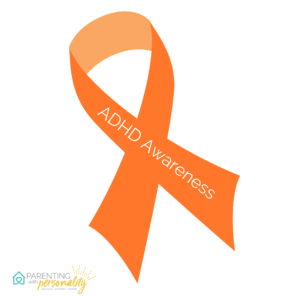
Additionally, I would like to mention some of the other resources I have found most helpful so far in our journey. Many of these had great resources for me to pass along to my child’s school and teachers. Be sure to take a look there too!
ADDitudemag.com—This website has spectacular resources for parents AND teachers. You might even want to pass along some of the resources to your child’s school. This site has a wealth of information, helpful handouts, forms, and numerous blog articles. The ADDitude magazine also has some wonderful articles as well.
Understood.org–This website has a great simulator for some of the issues a child with ADHD may be experiencing.
LemonLimeAdventures.com—They have some great informational articles and helps available for ADHD and Sensory Issues.
The Explosive Child by Ross Greene, Ph. D. —This is the book mentioned in both of the above concepts. It is a great book for building your foundation.
Thriving with ADHD Workbook for Kids—My little guy and I are going through this together. I really like the format and easy to understand examples and activities.
2, 4 ,6, 8…This is How We Regulate—This book has some great activities that I do with my little guy during our 15 minutes of “together time” each day, as well as the workbook mentioned above.
Lots of information here! And that’s ok! I want you to feel like you have a toolbox or resources and aren’t alone in this journey! Hearing the books and websites that others are finding helpful can reduce the loads of things you may be sorting through.
Have you found some good resources as you journey through life with ADHD a part of your family? Feel free to drop a comment below to tell us about those you have found most helpful. I just might include them in future articles!
Don’t forget to check back for the final article in this series! Part three will have some good news you won’t want to miss and more free resources! Until next week….Hugs for the journey!!
Let’s do this!!


